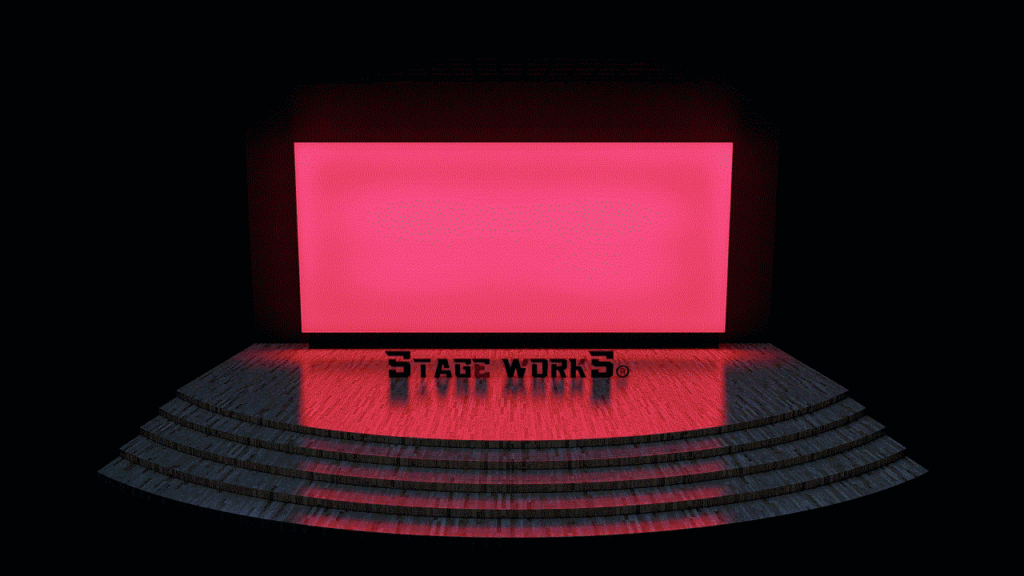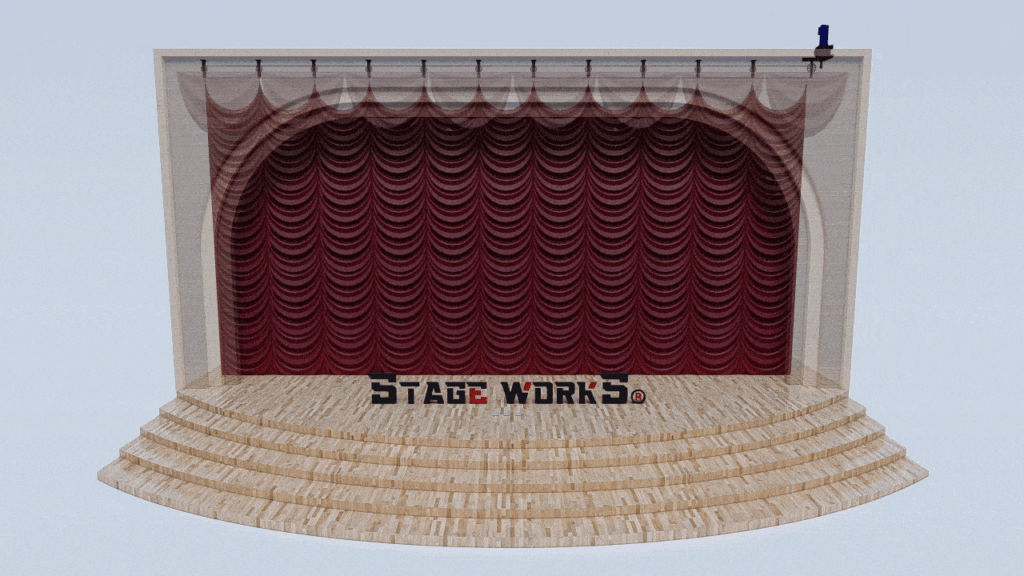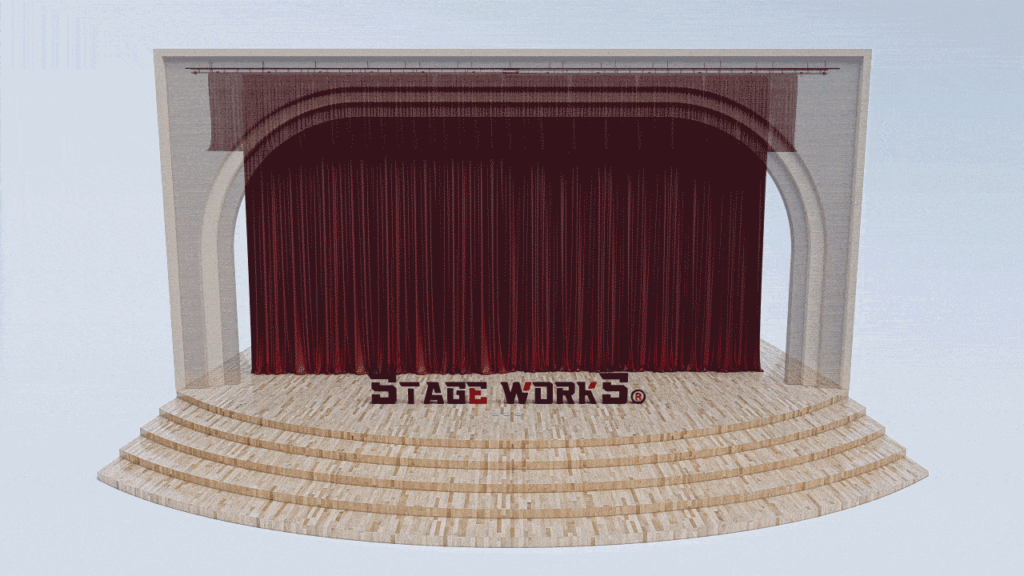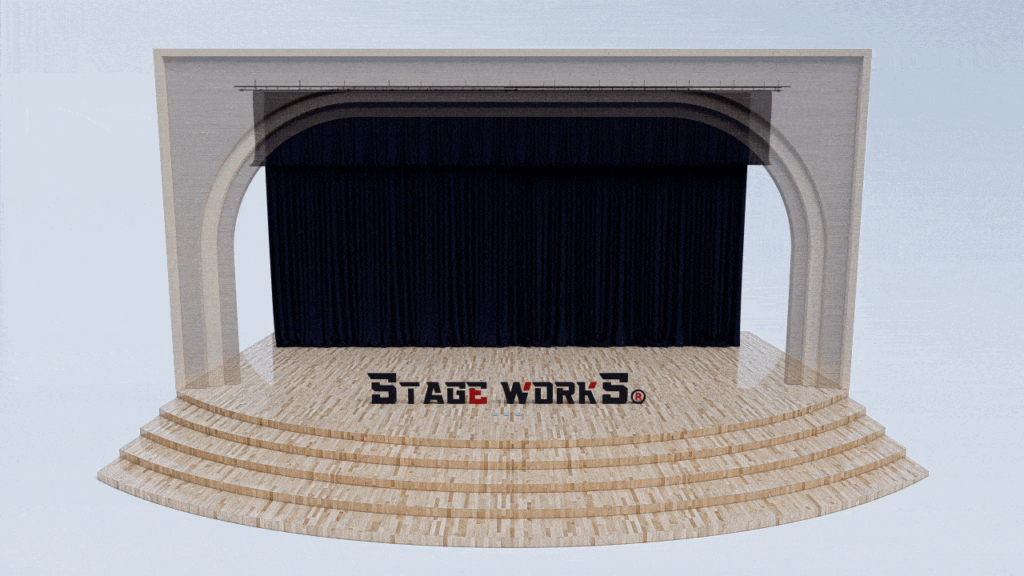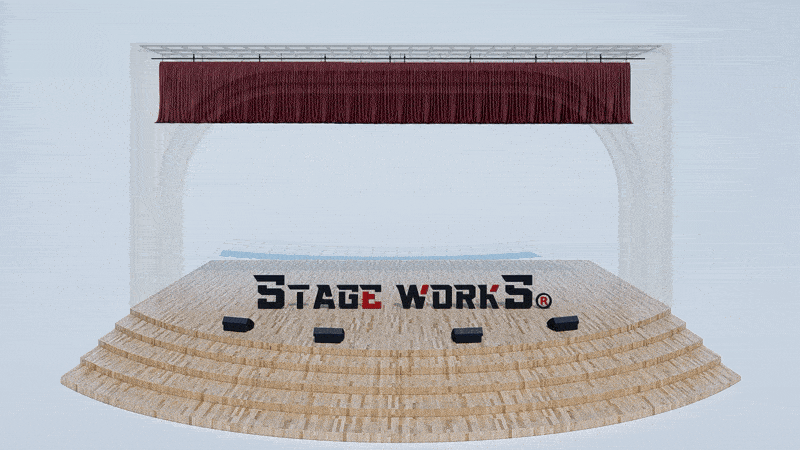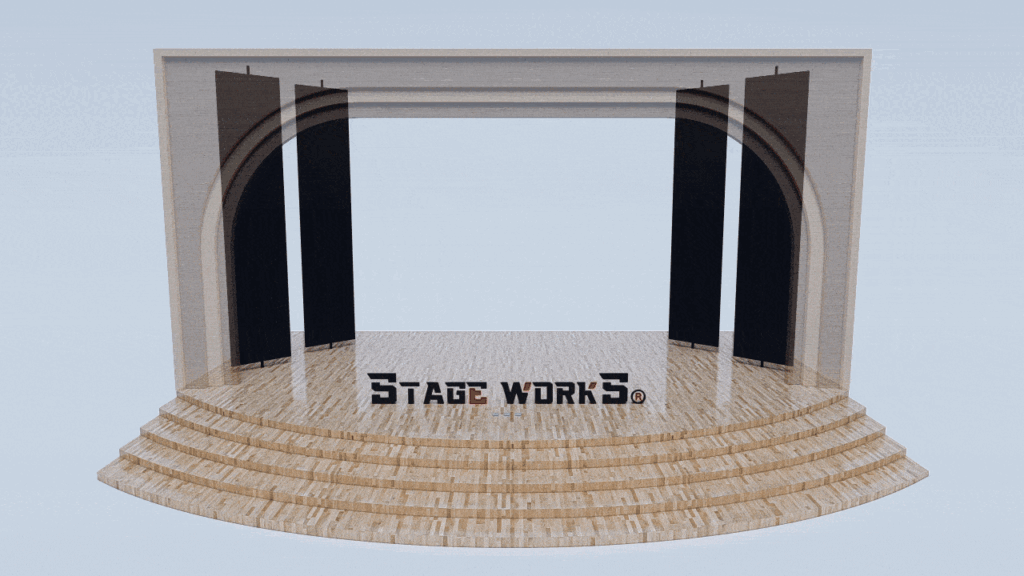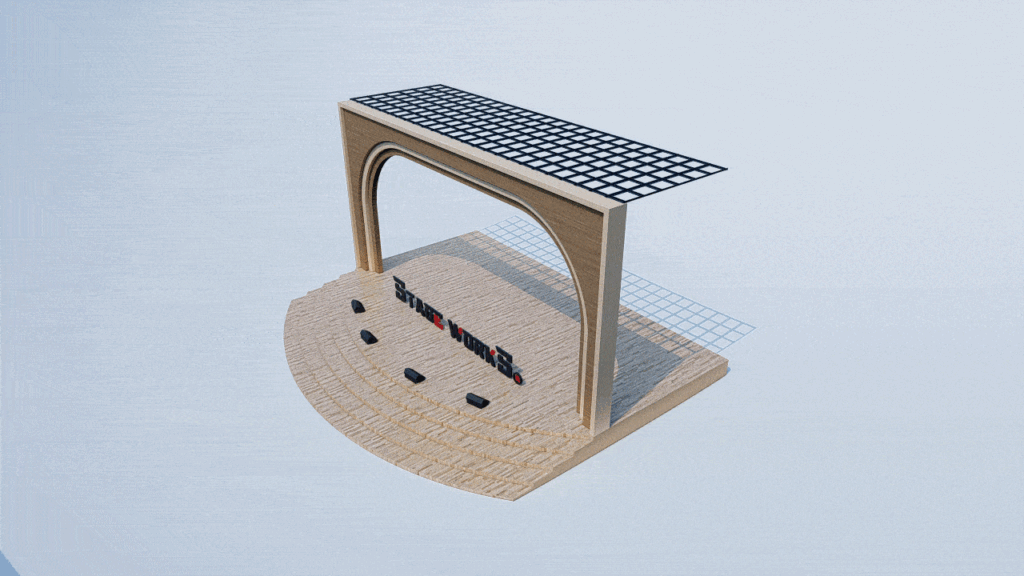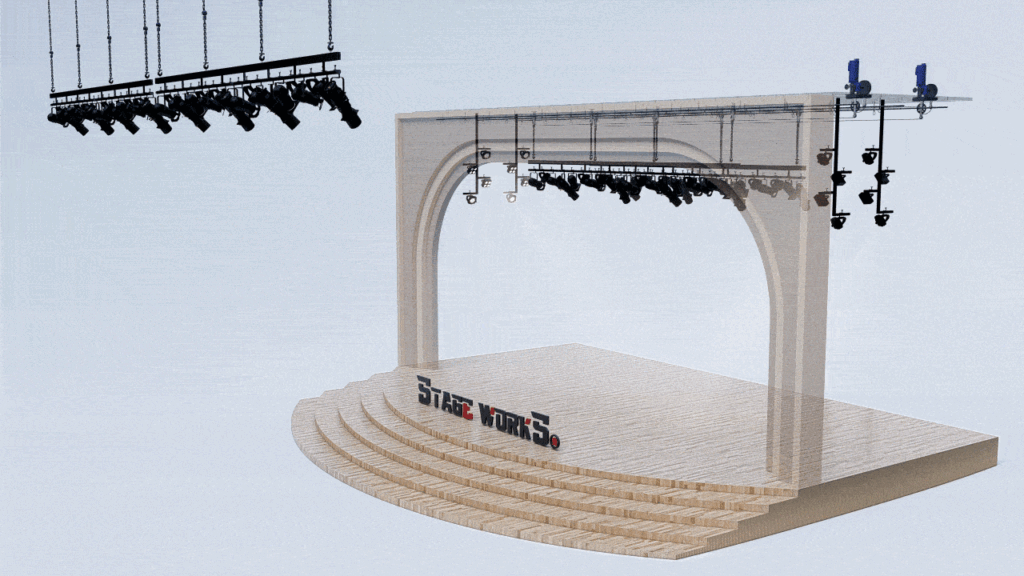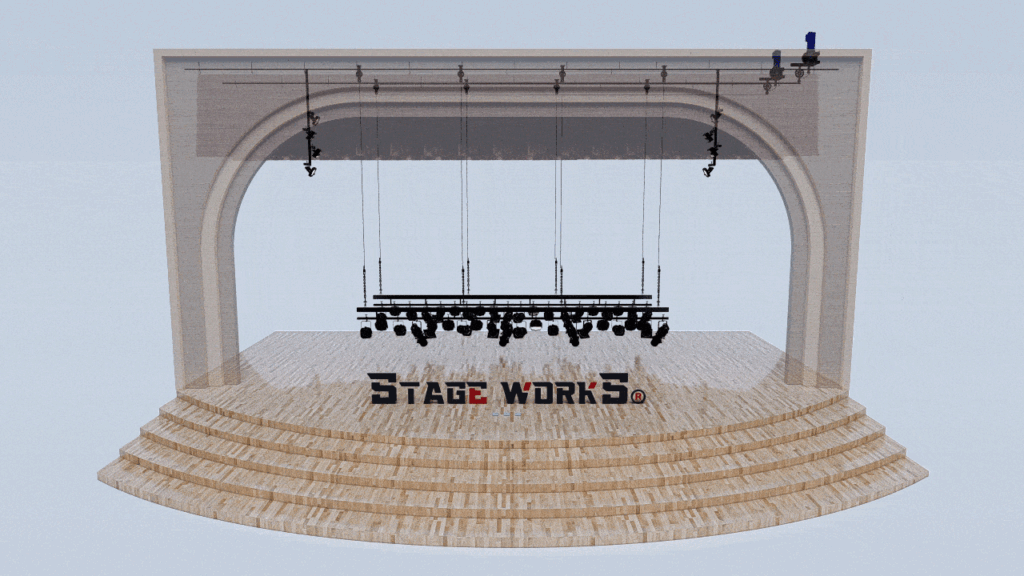Stage Curtain Design 2024: The Unexpected Color Palettes Transforming Theatres
The Rise of Unexpected Hues
The stage curtain, often overlooked, is a powerful design element capable of setting the tone for an entire theatrical production. In 2024, we’re seeing a bold departure from traditional curtain colors. Gone are the days of solely relying on deep reds, rich blues, or classic blacks. Instead, designers are embracing unexpected and vibrant palettes to create immersive and evocative theatrical experiences. This shift reflects a growing desire for originality and a willingness to experiment with color psychology to enhance storytelling.
Earthy Tones and Natural Textures: A Grounded Approach
A surprising trend for 2024 involves the incorporation of earthy tones and natural textures into stage curtain design. Think muted greens, warm browns, and sandy beige shades, often complemented by fabrics with a visible weave or linen-like texture. This approach provides a grounding element, creating a sense of realism and authenticity, particularly suited for productions emphasizing environmental themes or historical settings. The subtle variations in color and texture add depth and complexity, enhancing the overall visual appeal.
Jewel Tones Reimagined: Opulence with a Modern Twist
Jewel tones—sapphire, emerald, ruby—remain popular, but their application is evolving. Instead of using these rich hues in a straightforward manner, designers are experimenting with gradient effects, ombre transitions, and the strategic placement of metallic accents to create a sense of modern opulence. This approach avoids the potential for a dated or overly traditional look, infusing classic elegance with a contemporary feel. The play of light and shadow on these textured surfaces contributes significantly to the overall dramatic effect.
Monochromatic Magic: The Power of Single Hues
Moving away from multicolored designs, many productions are embracing the power of monochromatic palettes. By utilizing varying shades and textures of a single color, designers achieve a captivating visual harmony. This technique allows for subtle shifts in mood and intensity, guiding the audience’s eye and creating a focused, impactful aesthetic. From deep indigo to vibrant coral, a monochromatic approach offers a surprising level of versatility and sophistication.
Unexpected Accents and Bold Contrasts
The incorporation of unexpected accent colors offers a powerful tool for thematic enhancement and visual storytelling. A splash of bright yellow against a muted background can symbolize hope, while a stark contrast between deep purple and bright orange can heighten dramatic tension. Carefully chosen accents draw the audience’s eye, emphasizing key moments and elements within the production. This strategic use of color elevates the curtain from a mere backdrop to an active participant in the narrative.
Sustainable Fabrics and Eco-Conscious Choices
The theatrical world is increasingly conscious of its environmental impact. This translates into a growing demand for sustainable fabrics and eco-friendly production methods in stage curtain design. Recycled materials, organic cotton, and innovative plant-based fabrics are becoming more prevalent, allowing for both aesthetically pleasing and environmentally responsible choices. This commitment to sustainability reflects a broader industry-wide shift towards responsible practices.
Conclusion: Embracing the Unexpected
The stage curtain design trends for 2024 clearly demonstrate a move away from the predictable. By embracing unexpected color palettes, sustainable materials, and innovative techniques, designers are creating stage curtains that are not just functional, but powerful artistic statements in their own right. This willingness to experiment and push boundaries promises a new era of visual richness and creativity in the world of theatre.



